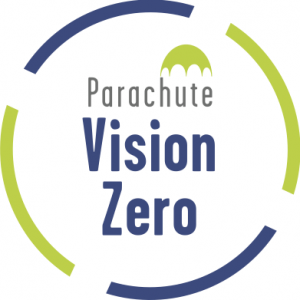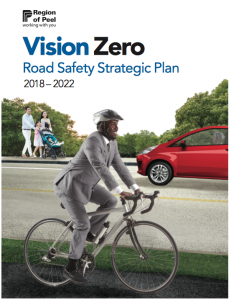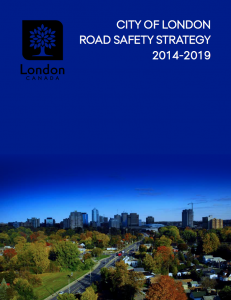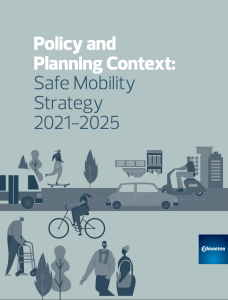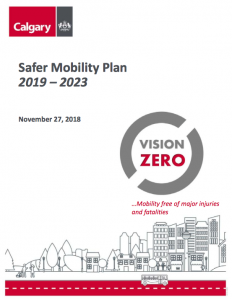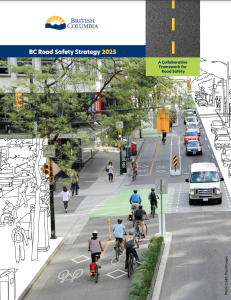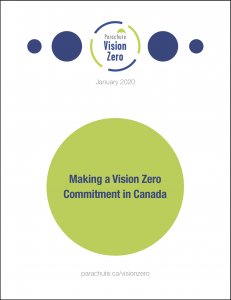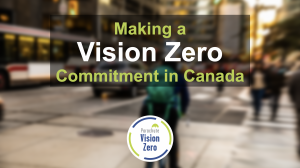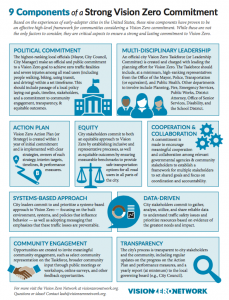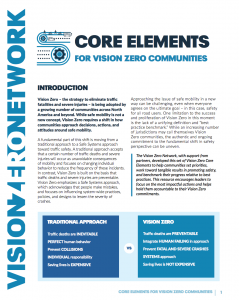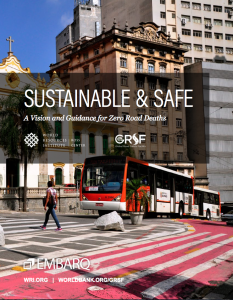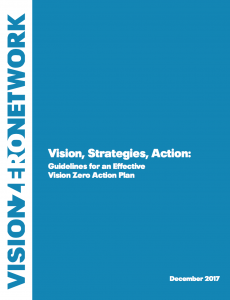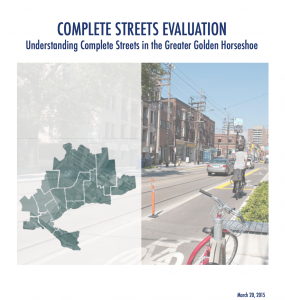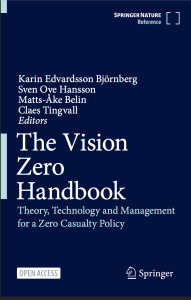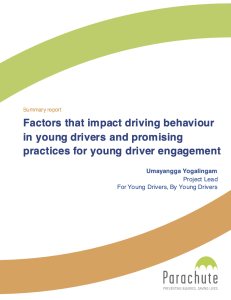Collection at a glance:
We know that to create change, we need to work together. That’s why we started Parachute Vision Zero.
In Canada, Vision Zero road safety initiatives are emerging from coast to coast. This is a turning point for road safety in Canada and Parachute has responded to stakeholder needs to create Parachute Vision Zero, a network that brings key players together across sectors, shares current knowledge and best practices, draws attention and access to the importance of data and evidence, and provides access to valuable resources to build capacity. The resources here are for network members, and others, to use in their work.
To learn when new resources are added, and to connect to other road safety professionals in Canada, sign up to join the network. You’ll receive Word on the Street, our quarterly e-newsletter, and learn about new resources, opportunities and developments in the Vision Zero space.
Latest resources: October 2023
- Q&A: Attitudes and perceptions of traffic safety enforcement among police officers in Ontario
- Feature article: The crucial role of traffic enforcement in a safe systems approach to road safety
- Podcast episode: Change for Good Roads – The Global Perspective with Chika Sakashita, Research and Accountability Director for the Global Alliance of NGOs for Road Safety
See more about these resources, and road traffic safety news, in our October issue of our Word on the Street newsletter. (To receive the newsletter directly, sign up to become a member of the Parachute Vision Zero network.)
